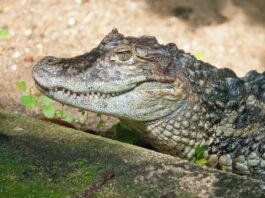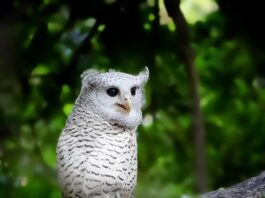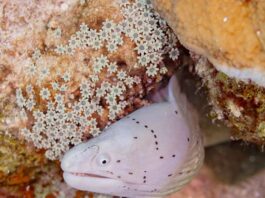With a quick glance, you can tell that the animal you see is a raccoon. A closer look says otherwise. That’s a coatimundi, and the coati is the relative of the raccoon with a long pointed muzzle. Raccoon is quite well-known, but this one is not so much. We are going to talk about some basic information about this interesting animal, so let’s find out.
1Appearance
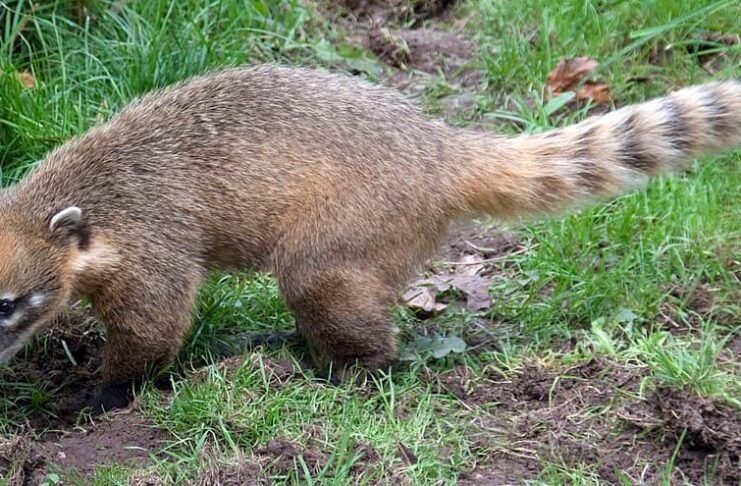
A coatimundi is a fascinating creature with the look of a lemur, monkey, and raccoon. It is a mammal a size of a large house cat, and it has rings on its tail. Not all coatimundi look the same because there are 4 species of them. So a coati can have a light brown or black coat, and there are white markings on its ears and face. Their special features are the elongated snout that they use to poke into crevices and under the rocks. The snout is sensitive, and a coati can rotate it 60 degrees in all directions for food detection.
At the same time, they also have bear-like paws with long and non-retractable claws. Those claws help them to dig holes, maintain balance in the trees, and tear apart rotting logs. The incredible part is the double-jointed ankles that allow them to rotate a full 180 degrees. Plus with its tail that also helps with balance, the coatimundis are excellent tree climbers. No doubt why they can climb down trees head first at high speed to evade predators.
2Behavior
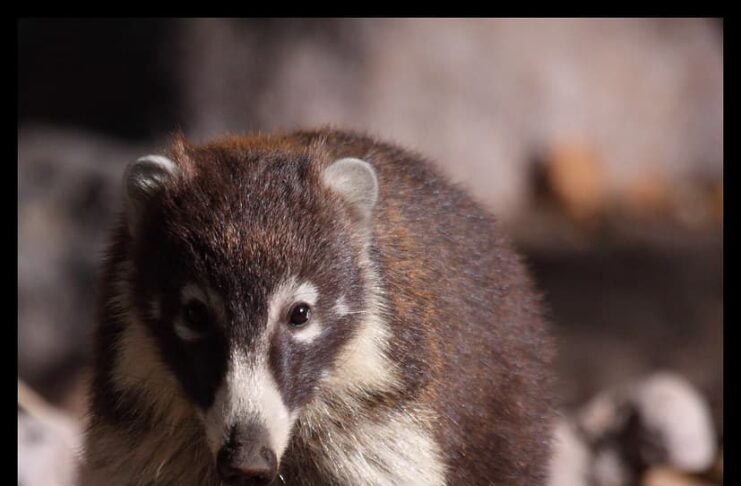
This animal receives its name to describe the way the male adults live since coatimundi means “lone coati”. The male adults are solitary so they live alone, but you also find coatimundis living in large groups known as “bands”. A band of coatimundis consists of 15 to 30 individuals, and most of the members are females and their young. Both male and female coatimundis find food on the ground and sleep on the trees.
A female coatimundi begins to build a sturdy tree nest after mating, and she gives birth in the trees. A litter of coatimundis is between 3 to 7 kits, and they stay in the nest until they can climb on their own. Female coatimundis take turns babysitting each other’s babies while the individuals forage which is very nice. Another interesting thing is the way they communicate. The coatis can make a wide array of different sounds to express their moods such as barking clicking, grunting, and whistling.
Coatimundis don’t care about humans, but they are very aggressive when threatened. Should you harm them, they do not hesitate to use their sharp canine and strong claws to protect themselves. Their paws are fast, and those claws can scratch pretty bad so being attacked by one of these is not so pleasant.
3Feeding & Habitat
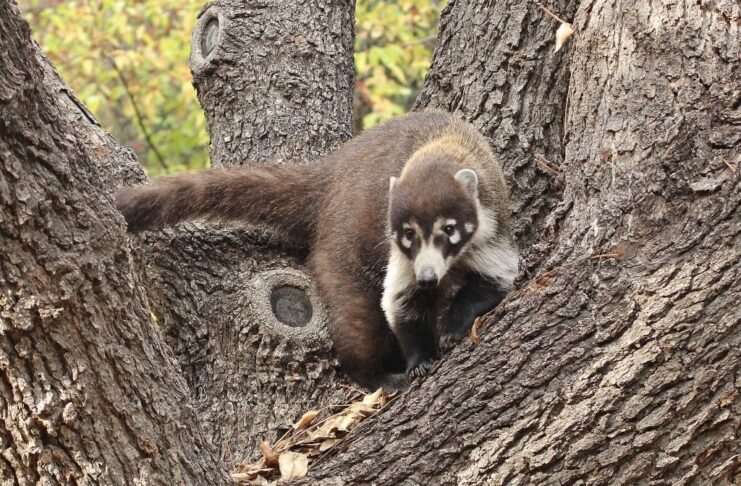
As diurnal omnivores, the coatis are active during the day looking for food. It is all about snacking for them, and their menu consists of fruits, insects, lizards, rodents, small snakes, etc. Sometimes they search on the ground while other times in the forest canopy. However, these mammals are typically seen on the ground using their snout to search for food. With their acute sense of smell and strong paws, looking for food is a fun activity for them.
Coatis range from Arizona and parts of southern New Mexico in the United States and from Central America to South America. Since they are adaptable, you can find them living in various habitats. Those include arid and hot areas, open forests, open grasslands, and tropical woodland. On top of that, coatimundis are also found living on the slopes of the Andes Mountains with high altitudes as well.
4Predators & Threats
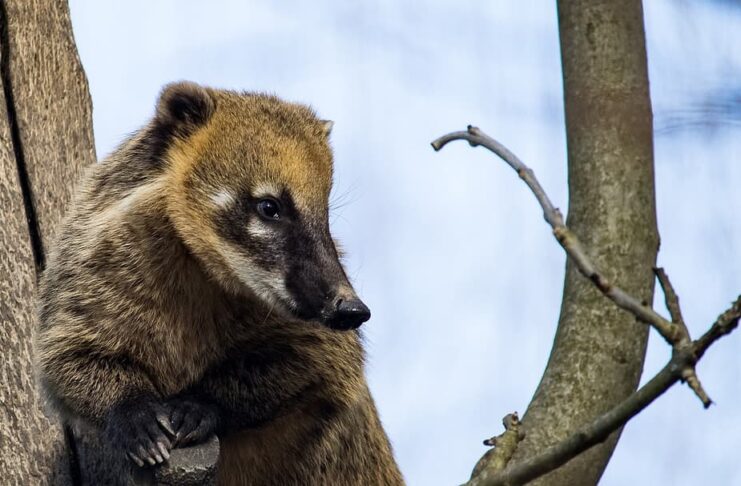
Coatimundis have surrounded predators no matter what habitats they live in. The common ones are anacondas, boa constrictors, dogs, foxes, jaguars, maned wolves, ocelots, and tayras. Large raptors like eagles also hunt them while white-headed capuchin monkeys hunt their kits (pups). In some regions, humans also hunt them for meat.
As we mentioned above, there are 4 species of coatimundi: eastern mountain coati, South American coati, western mountain coati, and white-nosed coati. The two maintain species are endangered due to habitat loss and hunting. As for the other two species, their population is considered to be Lease Concerned.
Related Post: Quokkas The Happiest Animals On Earth

